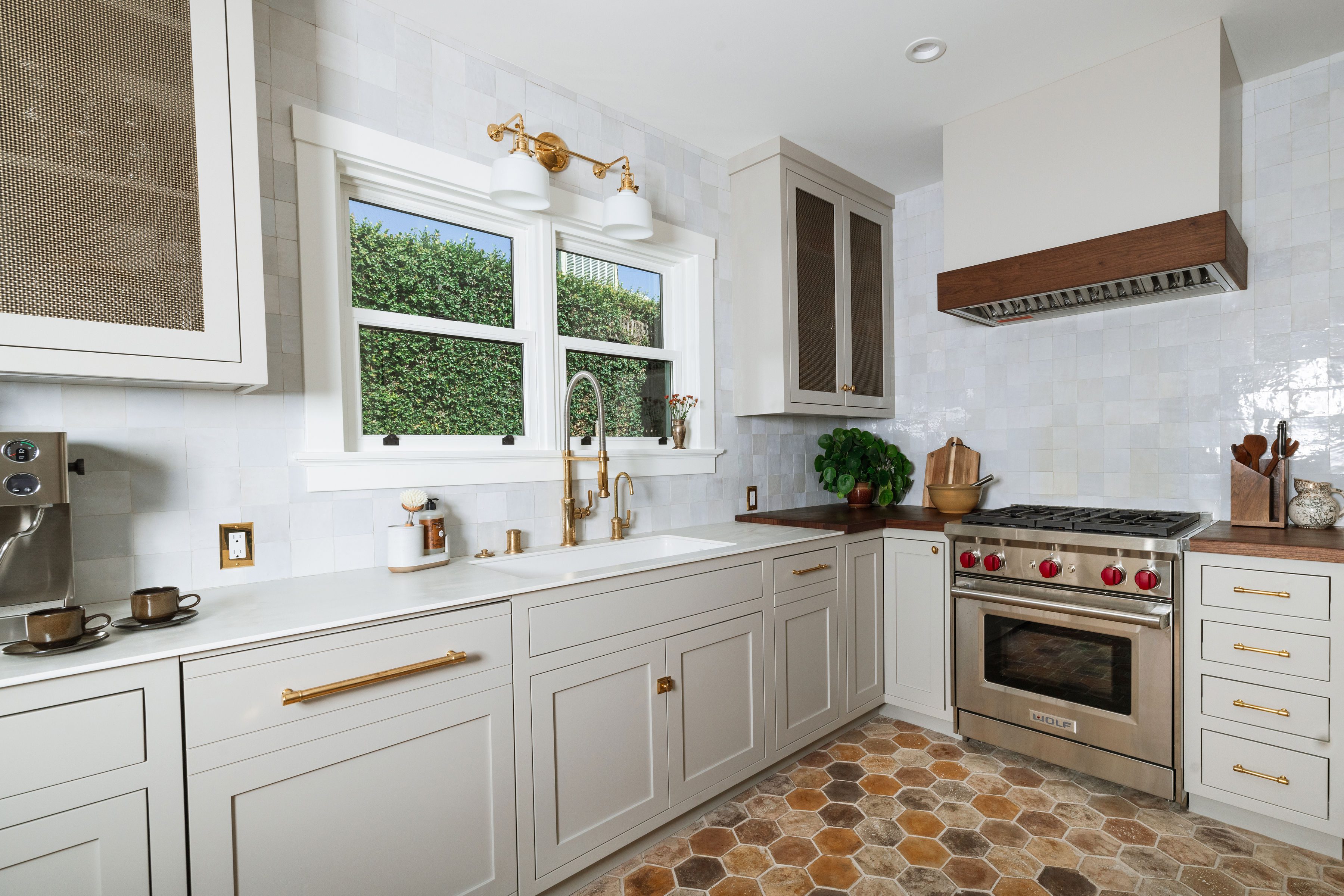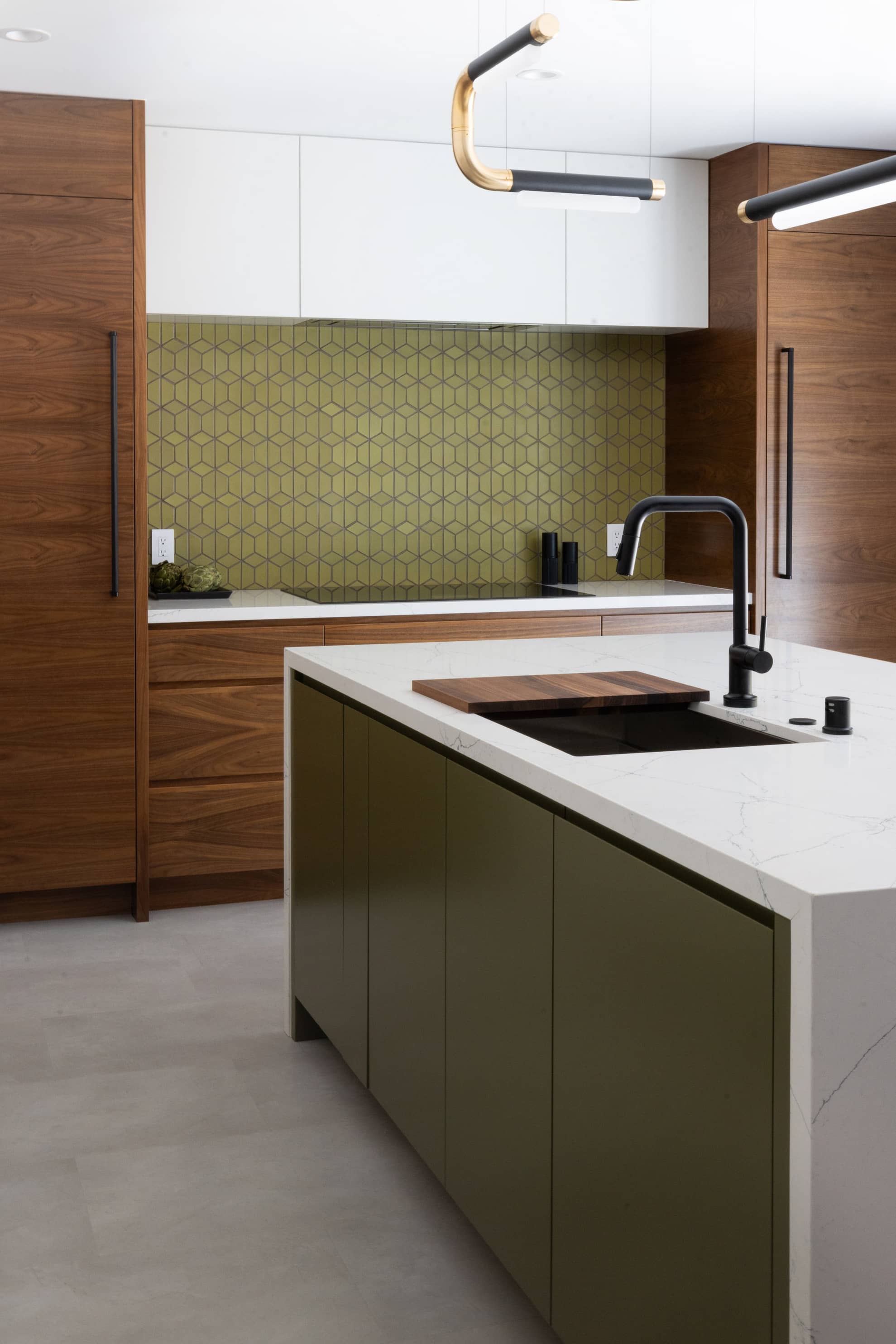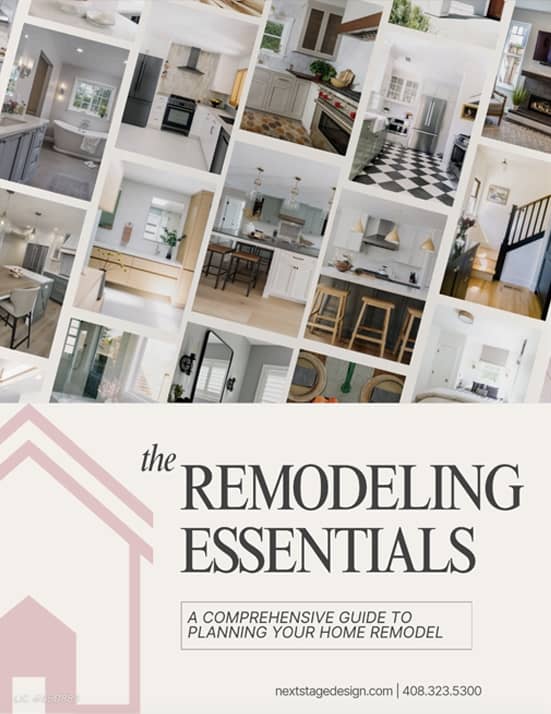Creating a home that feels seamlessly connected doesn’t mean every room has to look the same. Instead, it’s about striking a balance between unity and individuality—ensuring that each space flows naturally while still maintaining its own charm. Whether you’re building, renovating, or simply refreshing your home’s style, these expert tips will help you achieve a harmonious and well-curated look.
1. Maintain a Unified Design Style
While mixing styles can add character, having an overarching design theme ensures your home doesn’t feel disjointed. Whether it’s modern, traditional, farmhouse, or eclectic, stick to a core aesthetic and incorporate variations to keep things interesting without losing cohesiveness.
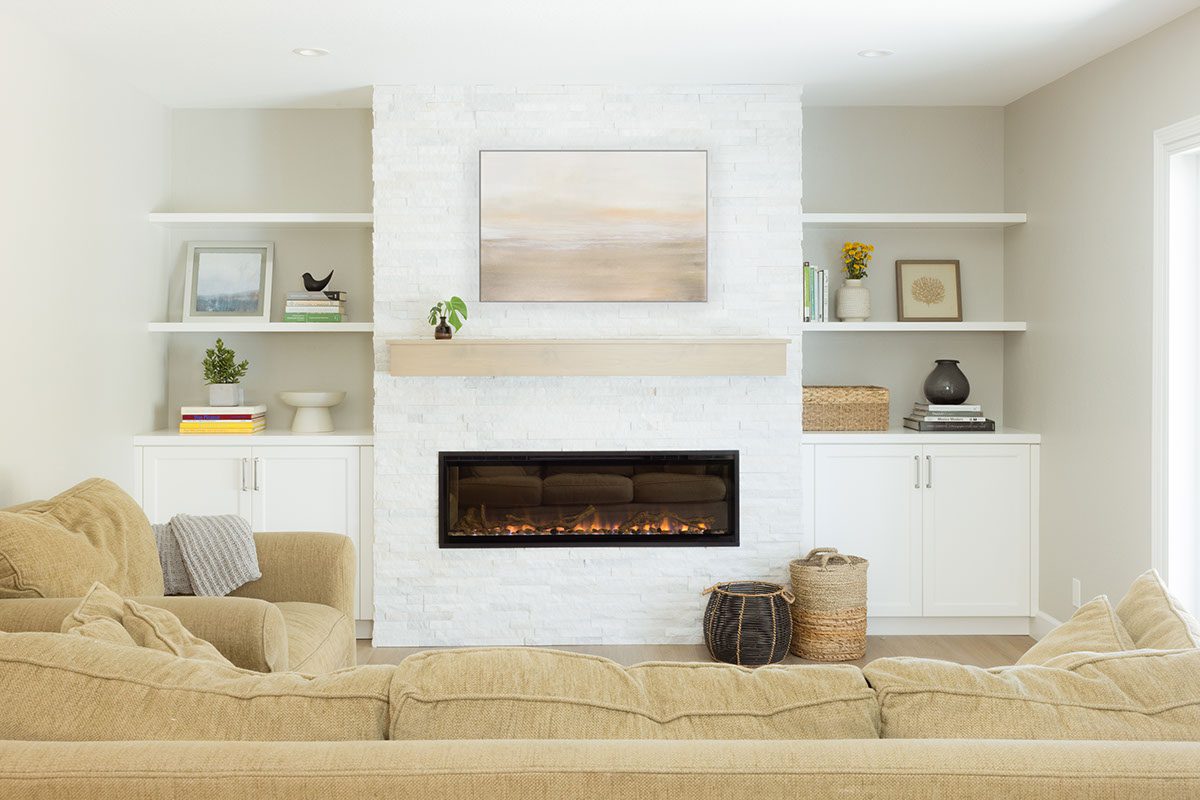
2. Create Smooth Transitions Between Spaces
Open floor plans make cohesion especially important. Use area rugs, lighting, or furniture arrangements to subtly define spaces while maintaining a visual link. Repeating design elements—such as similar shapes, patterns, or materials—also helps create flow from one area to another.
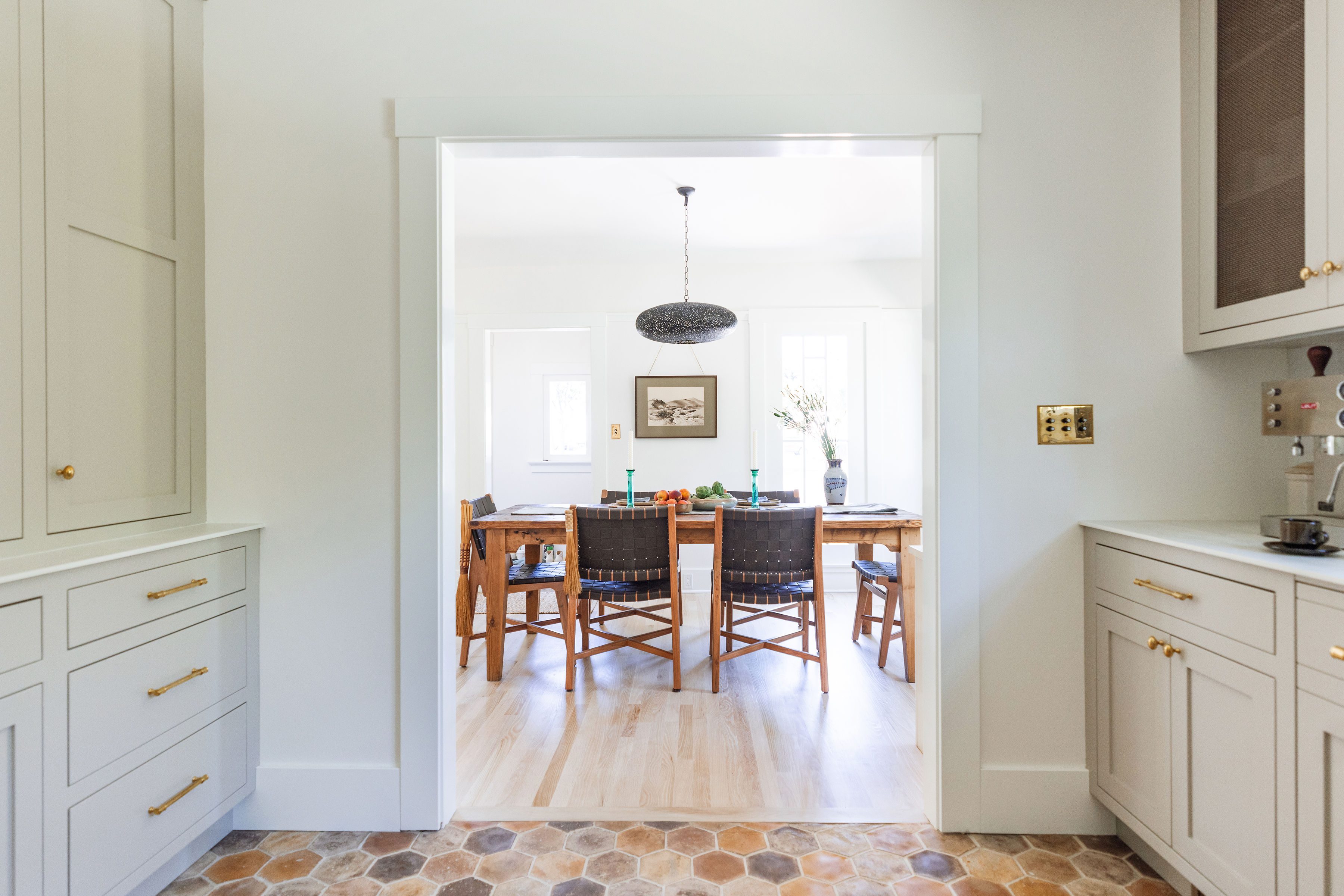
3. Establish a Consistent Color Palette
Color is one of the most powerful tools for tying a home together. Choose a base color or a set of complementary shades to use throughout different rooms. This doesn’t mean every wall should be the same color, but having a common thread—whether through wall paint, furniture, or accessories—creates visual harmony.

4. Coordinate Materials and Finishes
From flooring and cabinetry to countertops and fixtures, keeping materials consistent helps establish a cohesive feel. If your kitchen has matte black hardware, consider carrying that finish into your bathroom or living area. Similarly, using wood tones or stone elements throughout multiple rooms reinforces continuity.
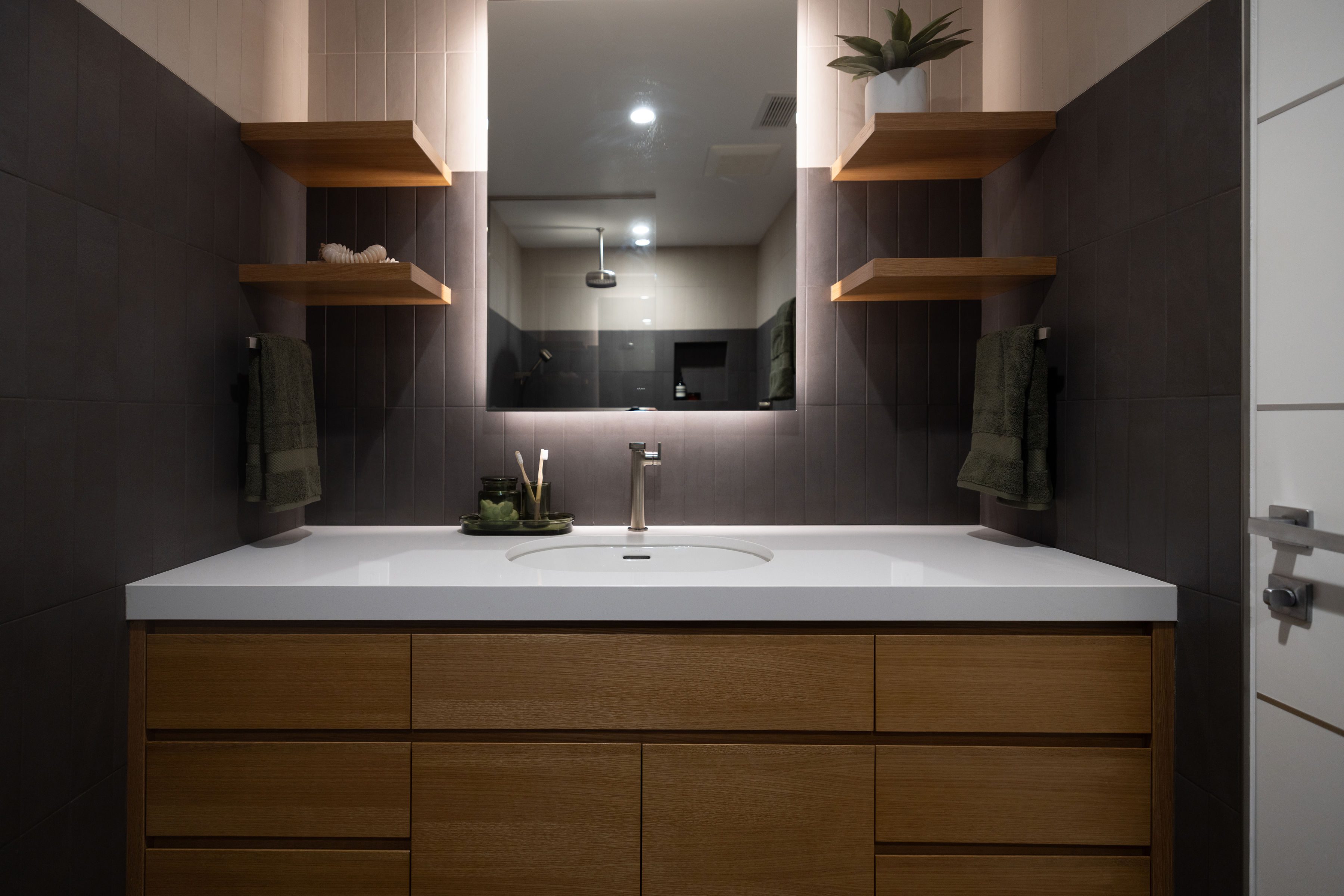
5. Use Repeating Elements and Accents
A well-designed home incorporates recurring details that subtly tie everything together. This could be through consistent trim work, matching door styles, or even repeated motifs in décor, such as geometric patterns or organic textures.
6. Let Architecture Guide Your Design
The bones of your home should influence your design choices. If you have a historic home with ornate moldings, incorporating modern minimalist furniture might feel out of place. Instead, find ways to blend old and new in a way that complements your home’s existing character.
7. Personalize Without Overwhelming
While consistency is key, your home should also reflect your personality. Incorporate personal touches—art, collections, or statement pieces—while keeping them in tune with your overall design theme. This ensures a home that feels uniquely yours without clashing elements.
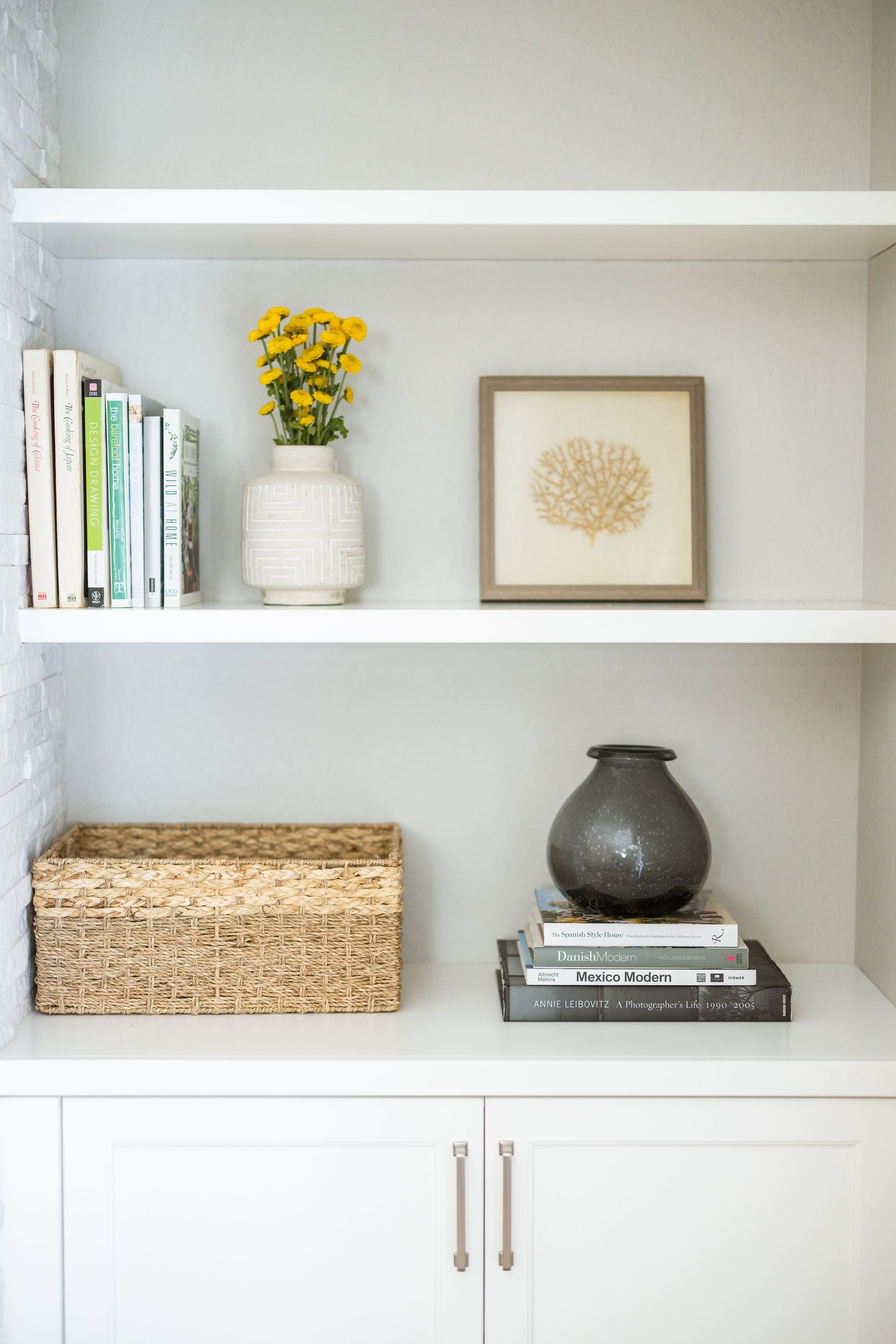
By following these principles, you’ll create a home that feels intentionally designed, inviting, and effortlessly connected. No matter your style preference, a cohesive home design ensures every space works together beautifully while still allowing each room to shine in its own way.
